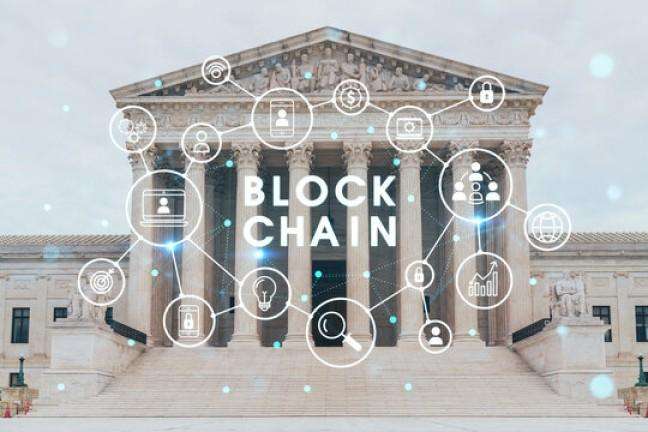Introduction
Blockchain networks power decentralized applications, smart contracts, and cryptocurrency transactions. As someone who has spent years analyzing blockchain technology, I have seen how different networks serve unique purposes. Some focus on security, others on scalability. This guide explains various blockchain networks, their strengths, and how they compare.
Table of Contents
What is a Blockchain Network?
A blockchain network consists of nodes that validate transactions and maintain a distributed ledger. Each network has rules governing its consensus mechanism, transaction speed, security, and scalability.
Public vs. Private Blockchains
Public blockchains allow anyone to join and validate transactions. Private blockchains restrict access to selected participants.
| Feature | Public Blockchain | Private Blockchain |
|---|---|---|
| Access Control | Open to all | Restricted |
| Security | High due to decentralization | Lower due to fewer validators |
| Speed | Slower due to consensus protocols | Faster due to fewer nodes |
| Use Case | Cryptocurrencies, DeFi | Enterprise applications |
Layer 1 vs. Layer 2 Blockchains
Layer 1 blockchains operate independently, while Layer 2 blockchains build on Layer 1 for scalability.
| Layer Type | Purpose | Examples |
|---|---|---|
| Layer 1 | Secure, decentralized foundation | Bitcoin, Ethereum, Solana |
| Layer 2 | Enhances scalability and transaction speed | Lightning Network, Polygon |
Blockchain Consensus Mechanisms
Consensus mechanisms validate transactions and secure networks.
| Consensus Mechanism | Description | Example Networks |
|---|---|---|
| Proof of Work (PoW) | Miners solve puzzles to validate transactions | Bitcoin, Litecoin |
| Proof of Stake (PoS) | Validators stake tokens to validate transactions | Ethereum 2.0, Cardano |
| Delegated PoS (DPoS) | Staking with elected validators | EOS, TRON |
| Practical Byzantine Fault Tolerance (PBFT) | Pre-approved validators reach consensus | Hyperledger Fabric |
Major Blockchain Networks
Bitcoin
Bitcoin, the first blockchain, is secure and decentralized but slow and expensive for transactions.
Example Calculation: A Bitcoin block is mined every 10 minutes. If there are 2,000 transactions per block and each transaction takes 300 bytes, a block can store around 600 KB. With a maximum of 7 transactions per second, Bitcoin handles about 420 transactions per minute.
Ethereum
Ethereum supports smart contracts and decentralized applications. It transitioned from PoW to PoS to improve efficiency.
Gas Fee Calculation: If a transaction requires 21,000 gas and gas price is 50 Gwei, the cost is:
21,000 × 50 Gwei = 1,050,000 Gwei = 0.00105 ETH
Binance Smart Chain (BSC)
BSC offers faster transactions and lower fees compared to Ethereum but sacrifices some decentralization.
Solana
Solana uses a unique Proof of History (PoH) mechanism, enabling transactions up to 65,000 TPS. However, network outages have raised concerns.
Cardano
Cardano’s Ouroboros PoS mechanism prioritizes security and sustainability but adopts a slower development approach.
Polkadot
Polkadot enables interoperability between blockchains using parachains and a relay chain.
Blockchain Scalability Comparison
Scalability is a major concern for blockchains. Below is a comparison of some key networks.
| Blockchain | Transactions per Second (TPS) | Consensus Mechanism |
|---|---|---|
| Bitcoin | ~7 | PoW |
| Ethereum 2.0 | ~100,000 | PoS |
| Solana | ~65,000 | PoH |
| BSC | ~100 | PoS |
| Cardano | ~1,000 | PoS |
Real-World Applications
Finance
Ethereum and BSC host DeFi applications for lending, borrowing, and trading.
Supply Chain
IBM’s Hyperledger Fabric is used for supply chain tracking by companies like Walmart.
Healthcare
Blockchain improves data security and interoperability in healthcare.
Blockchain Challenges
- Scalability – High transaction volumes cause congestion.
- Security – Hacks and exploits threaten user funds.
- Energy Consumption – PoW blockchains require high energy use.
Conclusion
Each blockchain network serves different needs. Bitcoin is the most secure, Ethereum leads in smart contracts, and Solana excels in speed. The best network depends on the use case. As blockchain evolves, improvements in scalability and security will shape its future.





